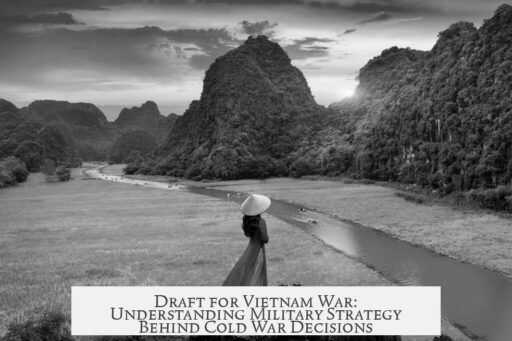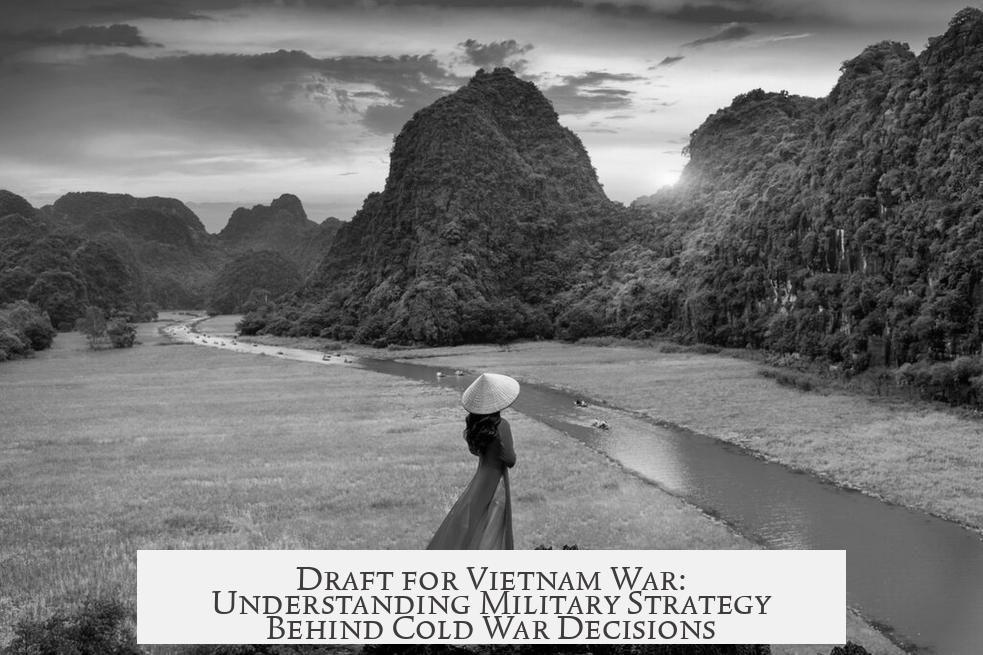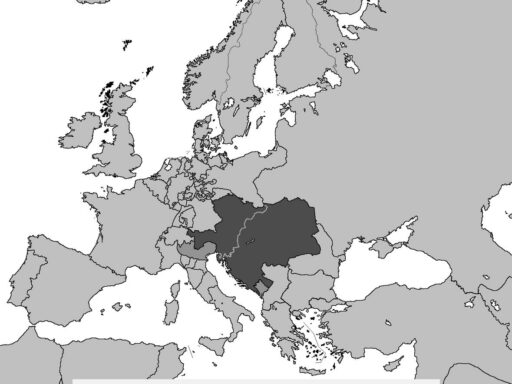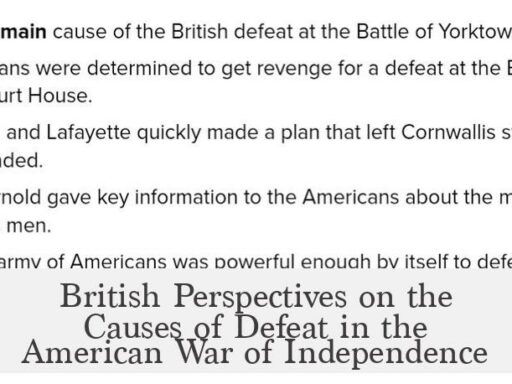The draft existed during the Vietnam War despite North Vietnam’s small size because the conflict was not a standard war between two states. The U.S. faced a complex mixture of guerrilla warfare, civil unrest, and Cold War dynamics that demanded sustained, large-scale troop deployment. To meet these demands, the U.S. relied on conscription to maintain sufficient military manpower.

The Vietnam War defies conventional definitions of war. Unlike traditional conflicts where armies aim to capture capitals and defeat each other on battlefields, this war involved multiple layers of combatants. The United States did not simply fight an external state army but also contended with a civil war in South Vietnam. Many South Vietnamese civilians and guerrillas supported the communist cause, blending insurgency with regular military engagements.
The nature of the conflict stemmed from Cold War politics. The U.S. aimed to contain communism and prevent South Vietnam from falling under communist control. Direct invasion of North Vietnam by U.S. forces carried the risk of igniting a wider war, possibly nuclear, involving China or the Soviet Union. Instead, the war became a proxy struggle. The U.S. supported South Vietnam’s government against the North Vietnamese army and guerrilla fighters.

This setup created an enduring and complicated battlefield. South Vietnamese forces regularly fought not only North Vietnamese troops but also internal insurgents. The guerrilla warfare tactics used by the Viet Cong required a continuous and flexible military presence. Peace was elusive, and combat persisted in both rural and urban environments.
Conscription arose from historical military practices in the United States. The U.S. traditionally increased its armed forces during wars through a draft. Voluntary enlistment alone typically could not supply enough manpower for prolonged conflicts, especially those involving ground troops in large numbers. While volunteer soldiers formed the majority, the draft ensured a baseline force.
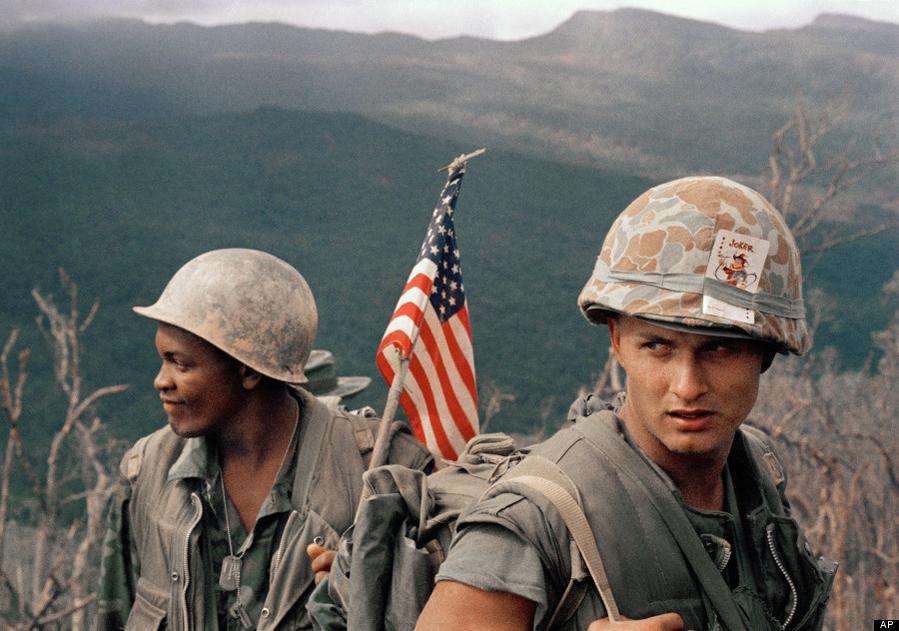
The draft also paradoxically encouraged volunteering. Many men, especially from working-class backgrounds, chose to enlist rather than wait to be drafted. Volunteering sometimes offered them options over military roles and assignments that a conscript would not typically control. Thus, the presence of the draft influenced recruitment strategies beyond forcing mandatory service.
Escalation played a crucial role in increasing troop needs. Early U.S. involvement focused on advisory and support roles. However, as the South Vietnamese military struggled and the enemy remained willing to wage protracted war, U.S. troop numbers grew. The absence of a clear exit strategy caused a cycle of escalation where more forces were deployed to maintain control and support the faltering South Vietnamese government.
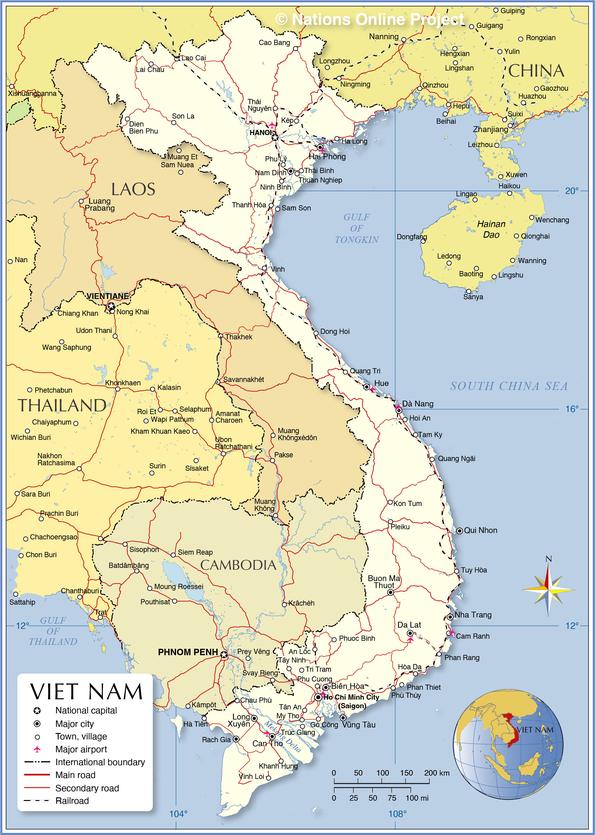
At its peak, U.S. military presence in Vietnam exceeded 540,000 personnel in 1969. This scale reflected both the intensity of the conflict and the failure to resolve underlying political and social issues. The mixed allegiances of the South Vietnamese people and the guerrilla tactics of the opposition prolonged hostilities. The draft was necessary to sustain troop levels against a determined adversary.
| Reason | Details |
|---|---|
| Unconventional War | Fight against guerrillas and civil war factions, not only North Vietnam’s conventional army |
| Cold War Proxy | Avoid direct invasion to prevent wider conflict involving USSR and China |
| Historical Precedent | Conscription was standard for U.S. mass mobilization in war |
| Escalation of Troop Needs | Continuous increase of U.S. forces due to ongoing conflict dynamics |
| Political and Military Complexity | Mixed support in South Vietnam, requiring sustained military effort |
- The Vietnam War was a complex civil and proxy war, not a simple international conflict.
- North Vietnam’s size did not limit the intensity or scale of the conflict.
- The U.S. draft ensured a steady supply of soldiers for prolonged and escalating military needs.
- Guerrilla warfare and divided loyalties in South Vietnam demanded sustained troop presence.
- Conscription influenced both forced service and voluntary enlistment patterns.
Why Was There a Draft for the Vietnam War When North Vietnam Was a Relatively Small Country?
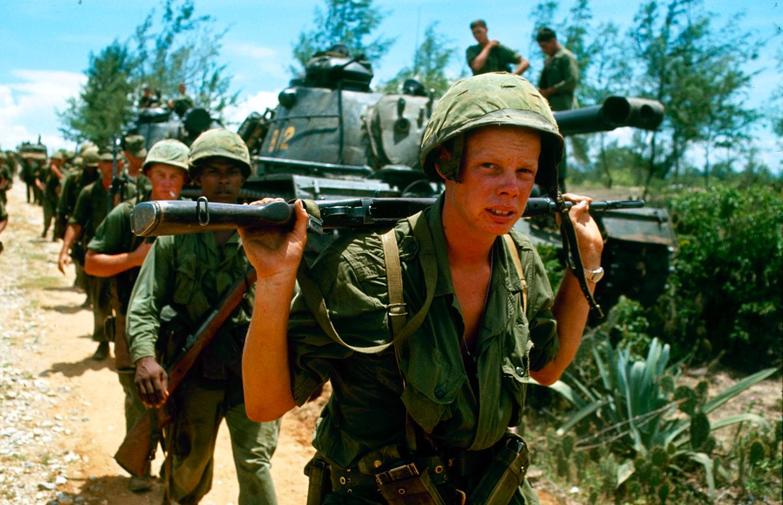
The draft wasn’t about how *big* North Vietnam was. It was about how *complex* and *grueling* the Vietnam War turned out to be—far from a simple clash of borders. The United States needed a massive number of troops due to the war’s unique nature, its political context, and the tactical challenges it faced.
At first glance, North Vietnam seems like the underdog in terms of sheer land mass or population, especially compared to the sprawling U.S. and global superpower status. So why did America resort to a draft instead of relying on volunteers to finish the “small opponent” off quickly? Let’s unpack this mess.

This Was *Not* Your Typical War
Imagine thinking of the Vietnam War like a game of chess between two countries, each trying to capture the other’s king, or capital in this case. The U.S., with its military might, should have just taken Hanoi and wrapped things up, right? Nope.

The Vietnam War wasn’t a conventional war. It had a lot more layers. For starters, it was a proxy conflict in the Cold War chessboard. The U.S. was trying to keep South Vietnam free from falling into communist hands—not by invading North Vietnam outright but by propping up its shaky southern neighbor. In other words, the goal wasn’t to conquer land; it was to prevent ideological transformation.
This makes the war a hybrid of civil conflict and international proxy warfare. Many in South Vietnam sympathized with the communist cause, making it tough to tell friend from foe. Add guerrilla fighters, deeply embedded in the local landscape, and the battlefield looks more like a labyrinth than a straightforward line.
The Ghosts You Can’t See: Guerilla Warfare
The U.S. and South Vietnamese forces were up against more than North Vietnam’s official army. Guerrilla warfare thrived. These weren’t tidy soldiers in uniforms marching to battle. They blended with the civilian population, striking and disappearing with a wink. Fighting such an elusive enemy requires troops on the ground at *all times*.
Think of it like chasing ghosts—every square mile of South Vietnam could contain an ambush or a secret stronghold. The presence of these guerrillas made the military campaign lengthy and manpower-heavy.
The Draft: Old School Military Thinking Meets Cold War Reality
The United States had a long history of ramping up troops via conscription. Historically, during large conflicts, the armed forces expanded quickly using a draft and shrunk afterward.
While the Korean War pushed the U.S. to prepare differently, conscription remained the reliable fallback to ensure enough boots on the ground for a large-scale land fight. The Vietnam conflict soon morphed into exactly that—a prolonged, sprawling land war.
Why Not Just Volunteers?
Interestingly, the draft did more than force some men into service; it paradoxically encouraged others to enlist—especially men from working-class backgrounds. Choosing where and how to serve felt preferable to being randomly drafted. So, the presence of the draft nudged some borderline volunteers into the military ranks sooner than they might have otherwise.
Yet, even with this boost, volunteers alone couldn’t meet the surging troop demand.
Escalation: When “Just a Little Help” Becomes a Full Invite
As the war dragged on, the U.S. found itself deeper in a quagmire. The vague mission to “keep South Vietnam non-communist” lacked a clear exit or unbeatable strategy. South Vietnamese forces didn’t perform as hoped, requiring more American support.
Meanwhile, North Vietnamese forces had already been hacking at this conflict—or its predecessors—for decades. They were conditioned for a long haul. This resolve meant the U.S. had to respond with escalating force, pumping in more men over time.
Numbers Tell the True Story
| Year | U.S. Troop Levels in Vietnam |
|---|---|
| 1965 | 184,000 |
| 1967 | 485,000 |
| 1969 (Peak) | Over 540,000 |
Despite being a “small country,” North Vietnam’s capacity to sustain a drawn-out conflict demanded that the U.S. maintain an army the size of a small city on foreign land. You can’t fill these ranks overnight with volunteers alone.
The Bigger Picture: Draft as a Cold War Necessity
It’s easy to ask, “Why draft over a little country?” But the Vietnam War tested the limits of Cold War strategy, military tradition, and U.S. politics. The draft was a blunt, messy tool, yet it provided the manpower backbone for what proved to be a sprawling, stubborn war.
Would the U.S. have preferred a volunteer-only army? Absolutely. Was that enough? Never. The draft was the insurance policy for an unpredictable, brutal conflict demanding endless supplies of soldiers.
So, What’s the Takeaway?
- The war was NOT a conventional battle but a complex proxy and civil conflict with guerrilla warfare blurring battle lines.
- South Vietnam’s internal divisions and mixed loyalties created a murky home front, requiring massive troop deployments just to maintain control.
- The U.S. military relied on the draft because traditional volunteer forces couldn’t keep pace with surging troop needs in an escalating war.
- Many troops were motivated to enlist because the draft was looming, not just because of patriotic zeal.
- The Cold War context made direct invasion of North Vietnam risky and politically explosive, extending the conflict further.
So next time someone asks why the U.S. needed a draft for a war against a “small country,” you’ll know: size isn’t everything. The *nature* of war matters, and Vietnam was one of the most complex, persistent wars America has fought.
Feeling like the draft was inevitable yet puzzling? That’s history playing its complicated hand. And if you’re interested, maybe dig into the personal stories of those helicopter pilots, infantry soldiers, and medics who lived this relentless war up close—because that’s where the cold facts meet real human experience.
